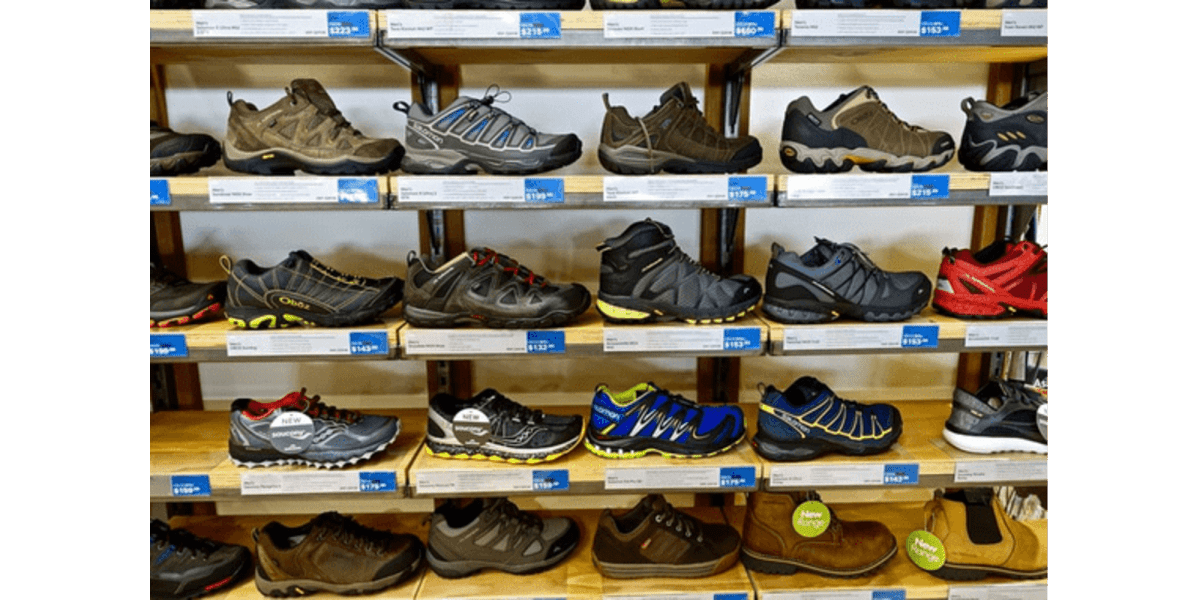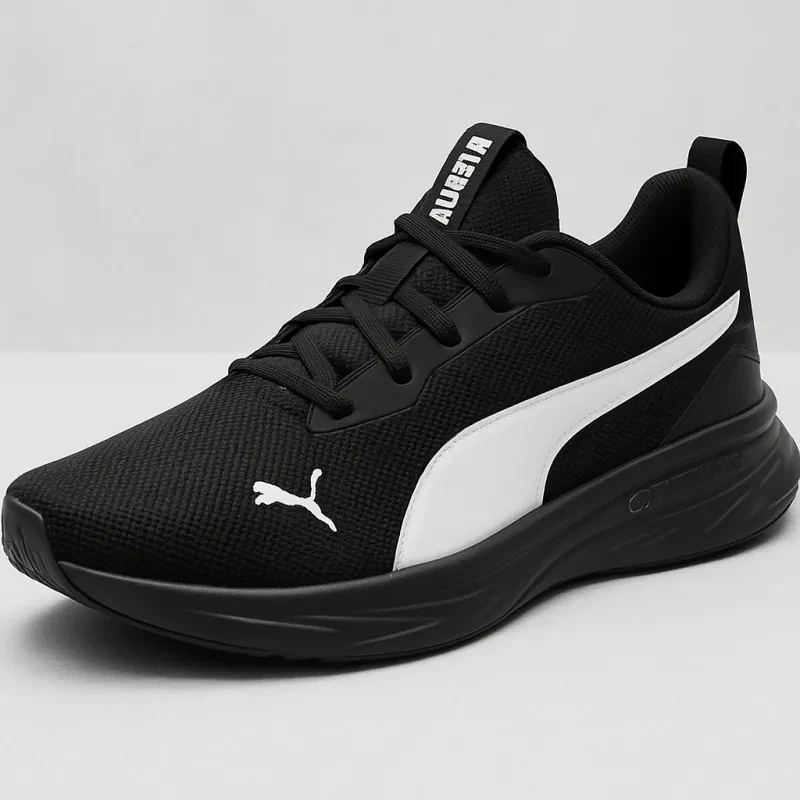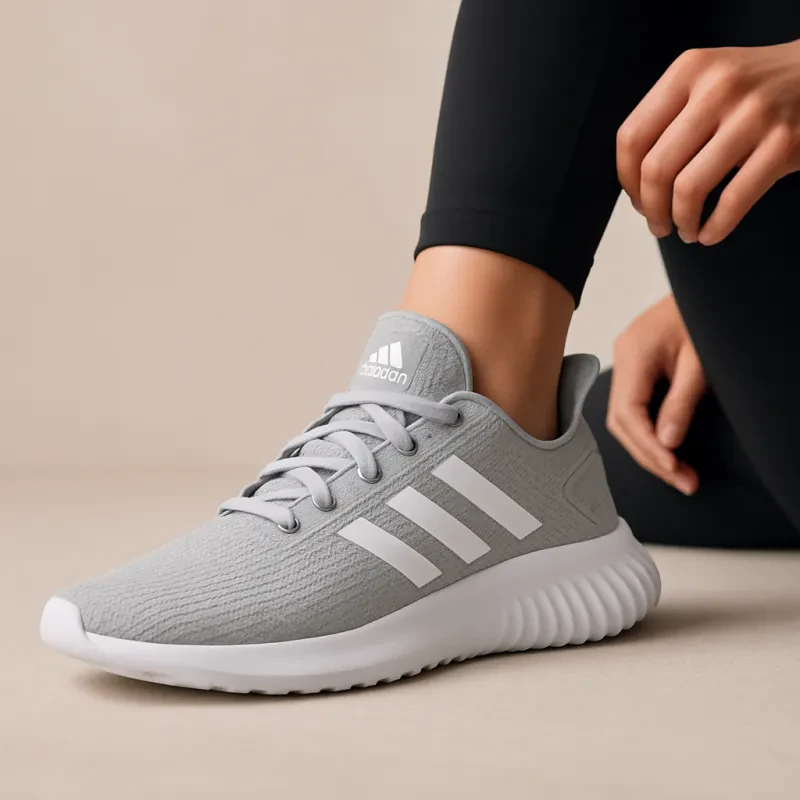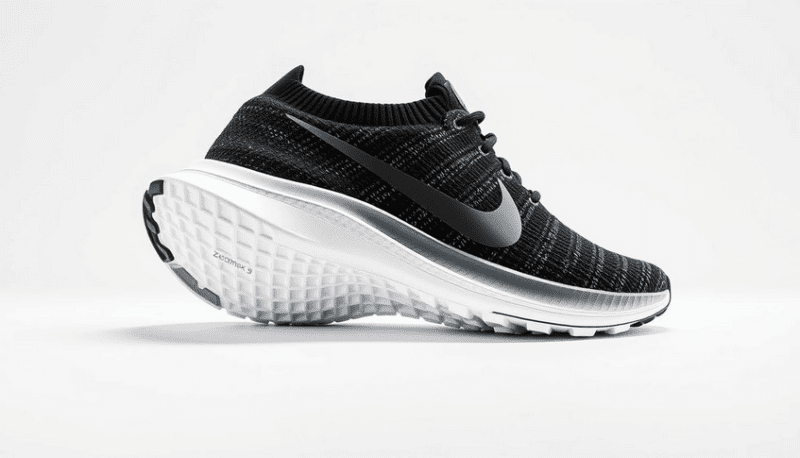Choosing the right sneakers for each workout can significantly impact our performance and comfort.
The key to picking the right sneakers lies in understanding the type of activity we will be doing and our foot mechanics.
With so many options available, it can be hard to know where to start.

Different workouts require different types of support and cushioning.
For example, running shoes provide stability and shock absorption, while cross-trainers offer flexibility for various activities.
It’s important to consider how each sneaker works with our specific fitness goals and activities.
Finding the perfect fit is just as critical as the type of sneaker. We need to ensure our shoes fit well and feel comfortable throughout our workouts.
This blog post will help us navigate the sneaker selection process to enhance our performance and enjoyment in every workout.
Key Takeaways
- Understanding our workout needs helps in selecting the right sneakers.
- Proper fit and comfort are crucial for optimal performance.
- Regular maintenance can extend the life of our sneakers.
Understanding Sneaker Types
Choosing the right sneaker type is crucial for performance and comfort during different workouts.
We must consider the specific activities we engage in to find the right fit and support.
Running Sneakers
Running sneakers are designed for forward motion and provide cushioning to absorb impact.
They typically have a lightweight construction and a flexible sole. This helps us maintain speed while reducing the risk of injuries.
Key features include:
- Cushioning: Extra padding for shock absorption.
- Breathability: Materials that allow air flow.
- Support: Arch support tailored to our foot type.
When selecting a running sneaker, we should focus on finding the right level of support for our arch and choose based on our running style, whether it’s long-distance or sprinting.
Cross-Training Shoes
Cross-training shoes offer versatility for multiple activities. They are built to provide stability, support, and cushioning for various workouts like aerobics, cycling, and gym training.
Important features are:
- Stability: A wider base for lateral movements.
- Durability: Strong materials to withstand different workouts.
- Cushioning: Balance between comfort and responsiveness.
These sneakers should fit snugly to keep our feet secure during dynamic movements. Choosing cross-training shoes is ideal for those who engage in diverse fitness routines.
Weightlifting Sneakers
Weightlifting sneakers are designed for weight training and provide a stable platform. They have a flat, firm sole which helps us maintain balance while lifting.
Key features include:
- Heel Height: Often slightly raised to improve posture.
- Grip: Rubber outsoles for strong traction on gym floors.
- Support: Ankle support for safety during heavier lifts.
When selecting weightlifting sneakers, we should consider the type of lifts we will perform. A proper fit will enhance our performance and help prevent injuries.
Specialty Footwear
Specialty footwear works for specific sports or activities. This category includes shoes for tennis, soccer, or trail running, each designed with unique features for optimal performance.
Key factors to consider:
- Sport-specific Design: Unique soles and support for the activity.
- Traction: Outsole patterns suited for different surfaces.
- Comfort: Proper fit is vital for performance.
Choosing specialty footwear ensures that we have the right support and protection for the specific demands of our favorite sport or physical activity.
Analyzing Foot Mechanics

To choose the right sneakers, we need to understand our foot mechanics. This includes knowing our foot shape and arch type, as well as our pronation and cushioning needs. Both factors play a big role in selecting the best footwear for our workouts.
Foot Shape and Arch Type
Our foot shape and arch play a crucial part in comfort and performance. Feet can be flat, neutral, or high-arched. Each type requires different sneaker features.
- Flat Feet: Typically need shoes with good stability and motion control.
- Neutral Arches: Often do well with a balanced sneaker offering support and cushioning.
- High Arches: Benefit from shoes that provide extra cushioning to absorb impact.
We can find our arch type by wetting our foot and stepping on a piece of cardboard. The imprint reveals the type based on the amount of foot that shows.
Pronation and Cushioning Needs
Pronation refers to the way our foot rolls when we walk or run. Knowing if we overpronate, underpronate, or have a neutral pronation helps us pick the right sneakers.
- Overpronation: Indicates the foot rolls inward too much. We should seek shoes with more support and stability.
- Underpronation: Shows the foot rolls outward. We need shoes with good cushioning to help absorb shocks.
- Neutral Pronation: Often needs a standard running shoe that balances support and cushioning.
Identifying our pronation type can be done by watching our foot movement during activity or getting a gait analysis at a specialty store. This will help us choose the best sneakers for our workouts.
Evaluating Workout Requirements

To choose the right sneakers, we must consider our workout intensity, frequency, terrain, and stability needs. Each factor plays a crucial role in ensuring our feet are supported and comfortable.
Intensity and Frequency
When we think about intensity, we consider how hard we push ourselves during workouts.
High-intensity activities, like running sprints or HIIT, often require sneakers with good cushioning and support. These features help absorb shock and reduce the risk of injury.
Frequency matters too.
If we work out several times a week, we need durable sneakers to withstand regular wear.
Let’s say we work out five days a week; investing in a high-quality pair is wise.
Terrain and Stability
The surface we exercise on affects the type of sneaker we need.
For running on trails, we should pick shoes with deep treads for better grip. Road running requires a smooth sole for comfort on hard surfaces.
Stability is also critical.
If we perform strength training or workouts that involve lateral movements, such as basketball, we need shoes with good ankle support.
This keeps our feet stable and reduces the chance of sprains. A well-fitting sneaker enhances our performance and helps us reach our fitness goals.
Fit and Comfort

When choosing sneakers for workouts, fit and comfort are essential. A good fit ensures support and prevents injuries. Comfort helps us focus on our performance without distraction.
Sizing and Fit Tips
Finding the right size is crucial. We should always measure our feet before buying shoes.
Feet can swell during the day, so try shoes on in the afternoon or after a workout.
Tips for Sizing:
- Try both shoes: Our feet might be different sizes.
- Leave room: We need about a thumb’s width of space at the toe.
- Wear workout socks: These socks can affect fit, so wear the type we usually use.
Walking or jogging a bit in the store can help us feel how the shoes fit during exercise. If we feel any tight spots, it’s best to try another pair.
Material and Breathability
The materials of sneakers play a big role in performance and comfort.
Breathable fabrics like mesh allow air to circulate. This keeps our feet cool and dry during intense workouts.
Good Materials to Look For:
- Mesh uppers: Lightweight and allow airflow.
- Synthetic materials: Often durable and supportive.
- Cushioned insoles: Add comfort and help absorb shock.
Sneakers with proper ventilation reduce sweat build-up. This not only feels better but also helps prevent blisters.
Always consider the workout type; for example, running shoes prioritize lightness and all-day breathability, while cross-training shoes might offer extra support.
Maintenance and Longevity
Taking care of our sneakers can help them last longer and perform better during workouts. Proper care and knowing when to replace them are essential for maintaining functionality and comfort.
Proper Sneaker Care
To keep our sneakers in good shape, we should clean them regularly.
We can wipe down the outside with a damp cloth and mild soap. Avoid submerging them in water, as this can damage materials.
After workouts, it helps to remove any moisture by letting them air out. Placing them in a well-ventilated area can prevent odors and deterioration.
We should also pay attention to laces and insoles.
Keeping laces tied properly and changing out insoles when needed can improve fit and comfort.
Lastly, keeping sneakers away from direct sunlight helps prevent fading and cracking.
When to Replace Your Sneakers
We need to know when it's time to retire our sneakers. Signs of wear can include a worn-out sole, loss of cushioning, or cracks in the upper material.
If we start to feel discomfort or pain during workouts, that may indicate it's time for new shoes. A good rule is to replace them every 300 to 500 miles. The replacement period depends on the type of workout and surface.
We should also consider the type of shoes we have. Running shoes may wear out faster than cross-trainers due to different usage patterns.
Regularly checking for these signs can help ensure our feet stay comfortable and protected during exercise.
Frequently Asked Questions
When selecting the right sneakers for workouts, we need to consider several important factors. Understanding shoe size, fit, and the type of activity will help us make better choices. Let's explore common questions to guide us.
What factors should be considered when selecting sneakers for different types of workouts?
We need to think about the activity type, surface, and our foot shape. For running, look for cushioning and support. For weightlifting, choose shoes with a flat sole for stability.
How does one determine the correct shoe size and fit for gym shoes?
To find the right size, we should measure our feet at the end of the day when they are largest. Trying on shoes with the socks we would wear during workouts is important. We should ensure there’s enough room in the toe area and a snug fit in the heel.
What is the difference between running shoes and cross-training shoes?
Running shoes are designed for forward motion and have more cushioning. Cross-training shoes offer stability for different movements, like jumping or lateral movements. Choosing the right type is crucial based on our specific workout needs.
How often should workout sneakers be replaced to ensure optimal performance and support?
Most experts suggest replacing sneakers every 300 to 500 miles for running shoes. For gym shoes, we should keep an eye on wear and tear. If we notice loss of support or comfort, it’s time for new shoes.
What are the benefits of having different sneakers for different fitness activities?
Having various sneakers can enhance our performance and comfort. Specific shoes support activities better, like running or weightlifting. This prevents injury and improves our workouts.
What technology should be looked for in sneakers to prevent injury during exercise?
We should look for features like cushioning, arch support, and breathability. Technologies such as shock absorption and stable soles help reduce impact. These features play an important role in injury prevention.
DISCLAIMER
The information contained on Save on Sneaks and our related pages is provided for entertainment and informational purposes only. It is not intended as a substitute for the advice of or treatment that may be prescribed by your physician or other health care provider.
Understand that you are solely responsible for the way this information is perceived and utilized, and do so at your own risk. In no way will Save on Sneaks be responsible for injuries or other problems that might occur due to the use of this website or any actions taken based on the content of this website. Save on Sneaks will not be held responsible for the conduct of any companies and websites recommended within this site.
Before adhering to any of the information or recommendations or undertaking any exercise program or diet regimen, you should consult your physician.



